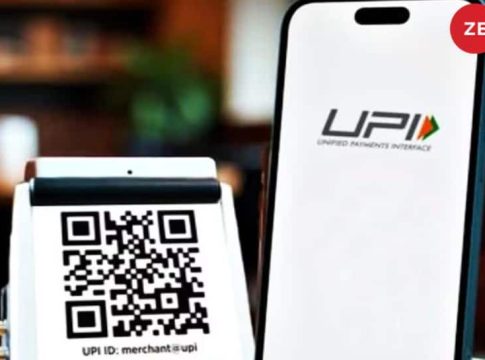UPI Transactions: Separating Fact from Fiction
Understanding Recent Claims About Merchant Discount Rates
The Indian Finance Ministry recently stepped in to clarify a misconception that has been circulating online. Speculations suggesting that the Merchant Discount Rate (MDR) would be applied to UPI (Unified Payments Interface) transactions are reportedly unfounded. The Ministry emphasized that these claims are "false, baseless, and misleading," aimed at stirring unnecessary fear and doubt among citizens.
What is MDR?
MDR is a fee charged by banks to merchants for processing payment transactions in real time. Traditionally, merchants have paid an MDR fee of about 1% on card payments. However, in 2020, the government eliminated these fees for UPI transactions to encourage digital payments across the country.
UPI’s Growing Footprint
Despite the confusion surrounding MDR, the UPI system continues to thrive. In May alone, UPI facilitated an impressive 18.68 billion transactions, valued at a staggering Rs 25.14 lakh crore—up from Rs 23.95 lakh crore in April. This represented a remarkable 33% year-over-year increase compared to the 14.03 billion transactions processed in May of last year.
- Average Daily Transaction: Rs 81,106 crore
- Average Daily Volume: 602 million transactions
As UPI solidifies its position in India’s digital payment landscape, its share of total transaction volume is projected to rise to 83.7% in the fiscal year 2024-25, up from 79.7% the previous year.
UPI’s Stellar Performance
According to the Reserve Bank of India (RBI), UPI handled a record-breaking 185.8 billion transactions during FY25, representing a 41% increase from the previous year. The total value of these transactions soared to Rs 261 lakh crore, compared to Rs 200 lakh crore in FY24.
This impressive growth not only highlights the widespread adoption of UPI but also positions India as a leader in global real-time payments, capturing 48.5% of the global market by volume.
The Bigger Picture: Digital Payments in India
The overall digital payments ecosystem in India is flourishing. Between FY24 and FY25, total digital transactions jumped 35%, reaching 221.9 billion in volume. These figures reflect the nation’s ongoing commitment to adopting digital solutions across various financial transactions, further enhancing financial inclusion.
What This Means for You
For everyday consumers and businesses alike, the growing adoption of UPI and the assurance from the Finance Ministry mean that digital transactions will likely remain cost-effective for the foreseeable future. Moreover, as UPI continues to improve and innovate, it presents numerous advantages for easy, secure, and instant payments.
In summary, the rumors surrounding MDR on UPI transactions are unfounded, and with the Indian government’s backing, it’s clear that the future of digital payments is not only secure but also bright. Whether you’re a business owner or an average consumer, embracing UPI can be a practical step toward more efficient financial management.

Writes about personal finance, side hustles, gadgets, and tech innovation.
Bio: Priya specializes in making complex financial and tech topics easy to digest, with experience in fintech and consumer reviews.

